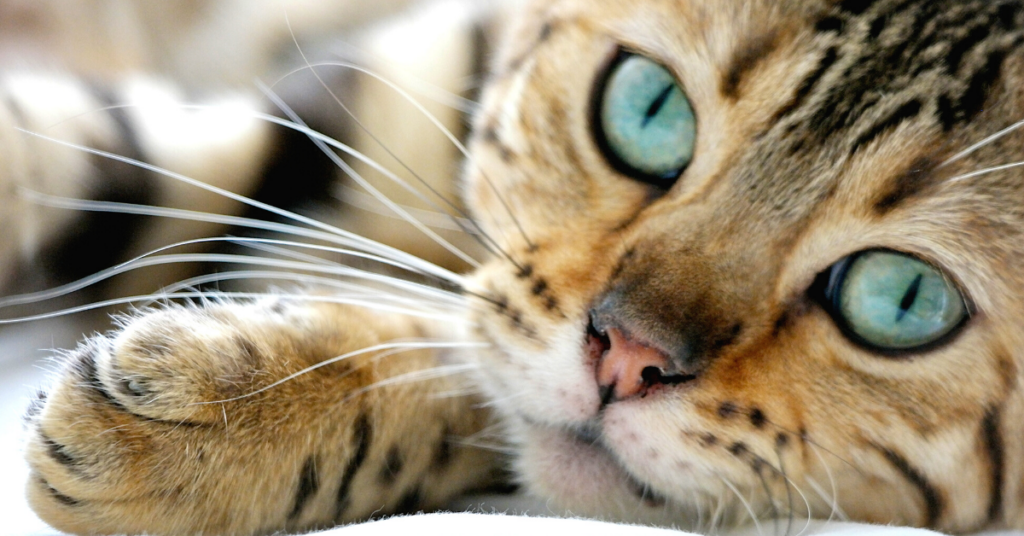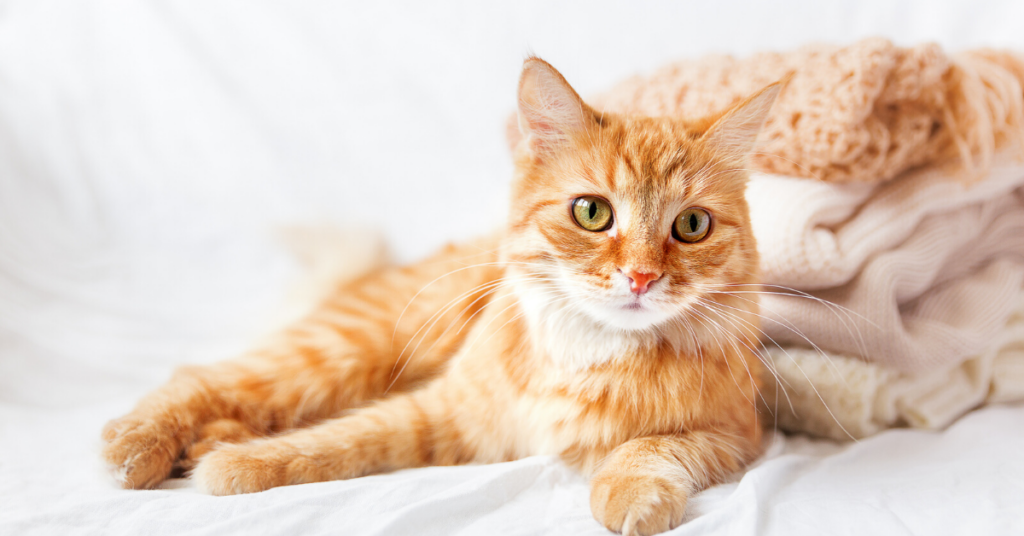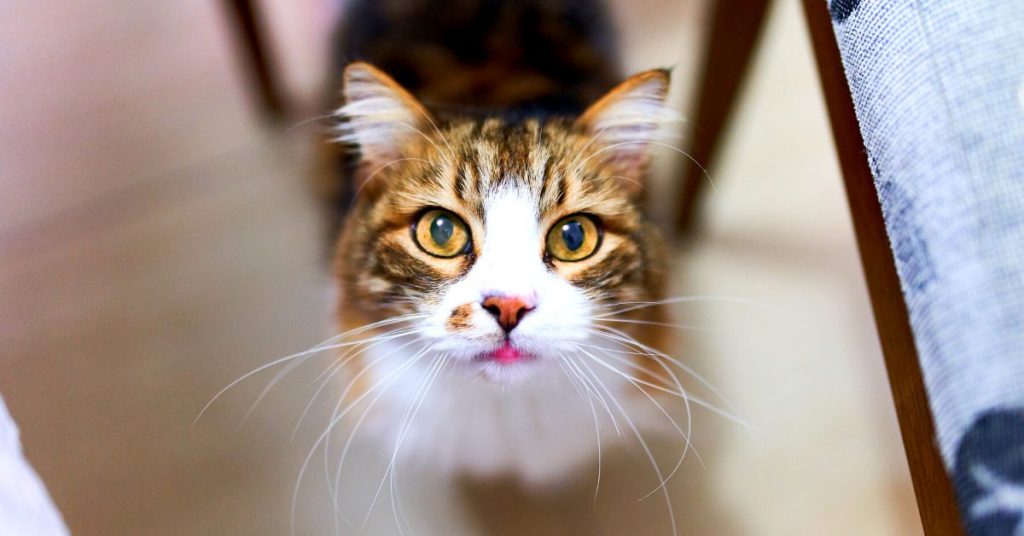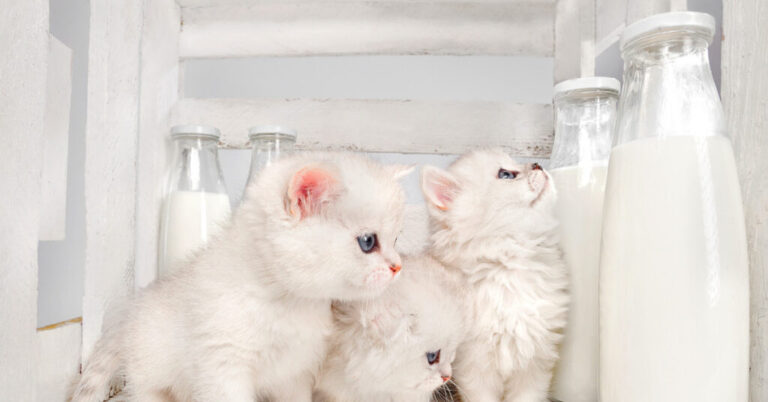What Is Feline Aids (FIV)?
Reviewed by Erica L. Tramuta-Drobnis, VMD, MPH, CPH
Feline immunodeficiency virus (FIV), or feline aids, is a virus that attacks the immune system in cats.
It’s one of the most common contagious diseases of cats.
Cats with FIV may not show any signs and seem normal for years.
This allows harmless bacteria, viruses, and fungi found in the environment to cause serious diseases for the cat.
FIV positive cats may not show symptoms for years. Though with the ongoing damaging of cells in the cat’s immune system, the cat becomes more vulnerable to many infections.
What Are Feline Aids?

Feline immunodeficiency virus or Feline Aids is a contagious disease in cats. This virus damages cells in a cat’s immune system, usually targeting white blood cells, which eventually affects the immune function.
This virus is often referred to as cat HIV or cat Aids because it has similar symptoms in cats.
Feline Aids develops in three phases: The acute phase, the asymptomatic (or latent) phase, and the progressive phase.
The acute phase usually starts after 1-3 months of infection. In this phase the virus is carried to lymph nodes, where it is reproduced in white blood cells known as T-lymphocytes.
After that, the virus spreads to other lymph nodes in the body, which causes enlargement of the lymph nodes, along with fever, and lack of appetite.
This phase can be very mild and cat owners may not be aware of it.
After this phase, the cat will enter the asymptomatic phase. This phase can last for months to years. In this stage, the virus duplicates itself very slowly in the immune system cells.
Cats will not show any outward signs of illness. However, it may cause the reduction of white blood cells or increase levels of some blood proteins.
Some cats remain in this stage and never develop more severe diseases. However, as the virus keeps spreading in the immune system, cats will enter the progressive phase, where secondary infections may occur.
Symptoms of Feline Aids?

FIV infected cats may not show signs for years, because it affects the immune system.
Clinical signs will only appear once the cat has been affected with a secondary infection, and the disease developed to the progressive stage.
Once these signs show, you should take your cat to the vet. These symptoms include:
- Lethargy & weakness
- Fevers
- Diarrhea
- Lymph node growth
- Inflammation of the mouth
- Loss of appetite and weight
- Chronic infections in bladder, respiratory system, or skin
- Seizures
- Changes in behavior
- Eye infections such as Conjunctivitis and Uveitis
- In severe cases, it may develop to cancer or leukemia
How Is It Transmitted?

Household cats or cats who stay indoors have low risk of transmission. Because it can be spread through biting during playing or fighting.
The virus is present in the saliva of a FIV positive cat, that’s why it can be spread through a bite cut.
Although it is very rare, a mother cat who is FIV positive can pass it to her babies. Either during pregnancy, birth or nursing.
Cats typically do not transmit the virus by sharing a food bowl with other cats or through social grooming, sneezing, or sharing a litter box.
The best way to reduce risk of transmission is by keeping cats indoors, and testing all the cats within the household.
Diagnosing Feline Aids

When you first get a cat, it’s important to identify the FIV status. If they become sick often, and if they have any risk of exposure.
To diagnose FIV, blood tests are taken to show the presence of antibodies. Because when the cat is first infected with FIV, the immune system creates antibodies against the virus for the rest of her life.
A negative antibody test means that the cat has not produced antibodies against the FIV virus and, in most cases, means that the cat is not infected.
Another test can be taken if the blood test didn’t show enough antibodies. Polymerase chain reaction (PCR) test can be performed to expose small parts of the virus’s genetic material.
PCR tests the presence of viral DNA itself. This test is not preferred since it can give many false positives, but it can be used to confirm the blood test result.
Finally, FIV vaccination can help protect against FIV, but it’s not always effective. It can also lead to false positive results. That’s why it’s important to know a cat’s vaccine history before testing for FIV antibodies.
Treating Feline Aids

Though there is no cure for FIV. Studies have shown that cats with FIV can usually live average life spans, as long as they are not also infected with feline leukemia virus.
Treating feline aids includes treating and preventing secondary infections or diseases.
The vet may prescribe some antiviral medications for cats who suffer from seizures or inflammation of the mouth.
In addition, there are drugs developed for the treatment of Human Immunodeficiency virus HIV, such as Zidovudine (AZT) treatment, which can help with severe dental inflammation.
These medications don’t prolong the cat’s life span or reduce the severity of the infection. There is still ongoing research which investigates different antiviral treatments for FIV.
You can also help your cat by using parasite preventatives, feeding her a healthy and balanced diet, and regular visits to the vet every 6 months for routine exams.
When to See a Veterinarian

If your cat starts showing signs like fever, lethargy, weakness, eye or mouth inflammations, you should visit your vet to take the necessary tests and determine if the cat has FIV or other diseases.
It’s better to get your cat tested for FIV as early as possible, because early diagnosis will help manage the health of your cat and prevent transmission infection to other cats.
In conclusion, FIV can’t be cured but there are treatment options that can help your FIV-positive cat live a healthy and less painful life.







